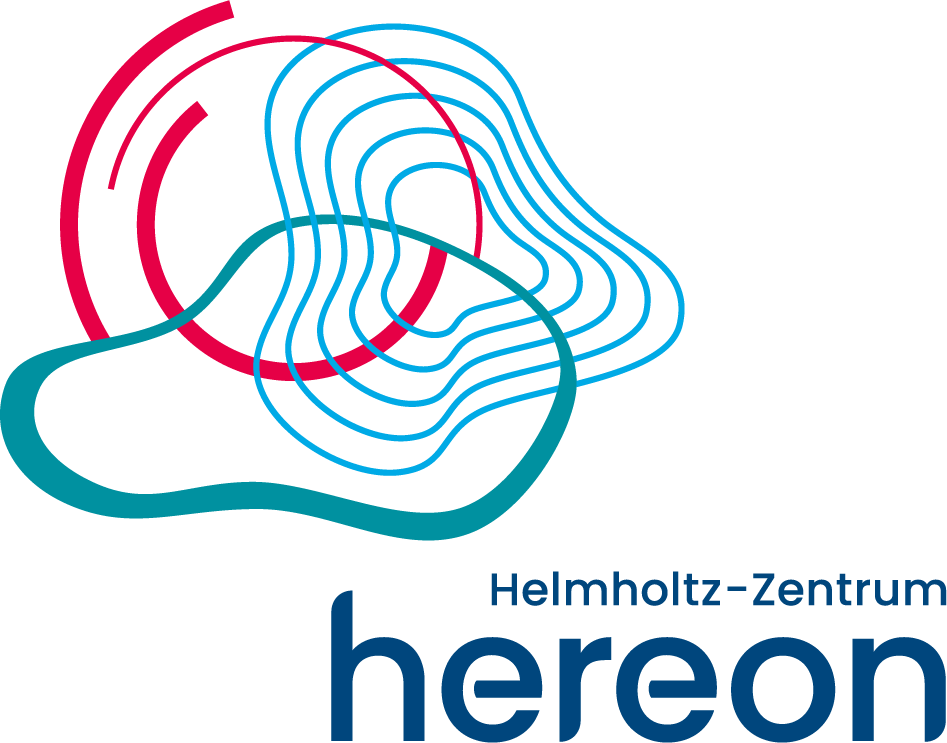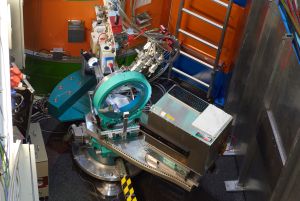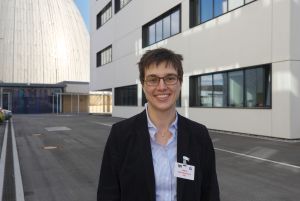MLZ is a cooperation between:
 > Technische Universität München
> Technische Universität München > Helmholtz-Zentrum Hereon
> Helmholtz-Zentrum Hereon
 > Forschungszentrum Jülich
> Forschungszentrum Jülich
MLZ is a member of:
 > LENS
> LENS > ERF-AISBL
> ERF-AISBL
MLZ on social media:

MLZ (eng)
Lichtenbergstr.1
85748 Garching
HEiDi
Single crystal diffractometer on hot source
The single crystal diffractometer HEiDi is designed for detailed studies on structural and magnetic properties of single crystals using hot unpolarised neutrons and Bragg’s Law:
2 dhkl sin (Θ) = λ
(typically 0.56 Å < l < 1.2 Å).
Because of its large variety of short wavelengths, flexible resolutions, and high flux, HEiDi is suitable for studies on many different crystalline samples and related topics in solid matter physics, solid state chemistry, mineralogy, and material sciences. Many of these compounds are potentially interesting for energy or data storage technologies.
Examples are:- High temperature superconductors (e.g. cuprates, pnictides)
- Multiferroics (e.g. manganates), magneto calorics, and other complex ferro-, ferri- or antiferromagnetic compounds
- Ionic conductors (e.g. brownmillerites or garnets)
- Ferrolelectrics (e.g. KDP family)
- Mixed crystals (e.g. AsSe compounds)
- Highly absorbing compounds (e.g. with Gd, Sm, Eu)
- Small molecules (e.g. guanidine)
- Determination of (chemical) structures
- Determination of magnetic structures
- Spin densities
- Structural phase transitions
- Harmonic and anharmonic mean square displacements
- Static and dynamic disorder
- Twinning, modulated and incommensurate structures
- Studies on atomic positions and bond lengths in compounds with light and heavy elements
- Mixed site occupations with elements of similar electron shells
- Temperature and pressure-dependent studies on atomic or magnetic phase transitions
- Studies on order-/disorder phenomena, e.g. H locations and bonds
- Highly absorbing compounds, e.g. with RE elements using short wavelengths
- Magnetic ordering in all facets
- Sample characterisation by profile analysis (mosaicity, twinning)
- Sample alignment, e.g. for studies on triple axes spectrometers
- Educational activities on fundamentals on crystallography and structure analysis
- Closed-cycle cryostat: 2 K – RT
- Micro furnace: RT – 600 K
- Mirror furnace with adjustable gas atmosphere and pressure: RT – 1300 K
- High pressure up to 10 GPa
- Panoramic diamond anvil cell (DAC),
applicable down to 3 K in closed-cycle cryostat - Transmission DAC (opening angle 80° standard, 120° Yao-DAC)
- Uniaxial pressure cell (special PUMA cryostat)
- Panoramic diamond anvil cell (DAC),
- Beam tube SR9B (on hot source)
- Flux at sample 1.4×107 n cm-2s-1 (λ ≈ 1.17 Å)
- Gain by hot source × 10 (λ ≈ 0.56 Å)
- Wavelengths λ [Å] (standard angle 2ΘM = 40°):
| 2ΘM | Ge(311) | Cu(220) | Ge(422) | Cu(420) |
| 20° | 0.593 | 0.443 | 0.408 | 0.280 |
| 40° | 1.168 | 0.870 | 0.793 | 0.552 |
| 50° | 1.443 | 1.079 | 0.993 | 0.680 |
- Reciprocal space Qmax = 4π∙sin(Θmax)/λ [Å-1] (2Θmax = 135°)
| 2ΘM | Ge(311) | Cu(220) | Ge(422) | Cu(420) |
| 20° | 19.1 | 25.5 | 27.7 | 40.4 |
| 40° | 9.7 | 13.0 | 14.3 | 20.5 |
| 50° | 7.9 | 10.5 | 11.4 | 16.6 |
- Neutron filters to suppress λ/2- and λ/3-contamination, respectively
- Horizontal collimators: 60’, 30’, 15’ before and 30’, 20’, 15’ after monochromator
- Optional: vertically focusing neutron guides for hot neutrons
- Automatised rectangular boron carbide slits before and after sample
- Acentric Eulerian cradle for sample orientation
- Single detector optimised for small wavelengths (sensitivity > 95 % at 0.3 Å)
- Under development: position sensitive detector (PSD),
sensitivity ~ 60 % at 0.56 Å, 250 × 150 mm² sensitive area,
funded by BMBF grant 05K19PA2 - Optional: PG(002) analyser for purely elastic scattering and background suppression
- collect Bragg reflections (automatic parameter adjustment to maximise their no. and significance)
- Q maps of reciprocal space in up to three dimensions
- avoid shielding effects from sample environment (e.g. pressure cells)
Instrument scientists
Dr. Martin Meven
Phone: +49 (0)89 158860-727
E-mail: martin.meven@frm2.tum.de
Dr. Piotr Fabrykiewicz
Phone: +49 (0)89 158860-830
E-mail: piotr.fabrykiewicz@frm2.tum.de
HEIDI
Phone: +49 (0)89 158860-504
Operated by


Funding

News
Publications
Find the latest publications regarding HEiDi in our publication database iMPULSE:
Citation templates for users
In all publications based on experiments on this instrument, you must provide some acknowledgements. To make your work easier, we have prepared all the necessary templates for you on this page.
Gallery


MLZ is a cooperation between:
 > Technische Universität München
> Technische Universität München > Helmholtz-Zentrum Hereon
> Helmholtz-Zentrum Hereon
 > Forschungszentrum Jülich
> Forschungszentrum Jülich
MLZ is a member of:
 > LENS
> LENS > ERF-AISBL
> ERF-AISBL
MLZ on social media:






